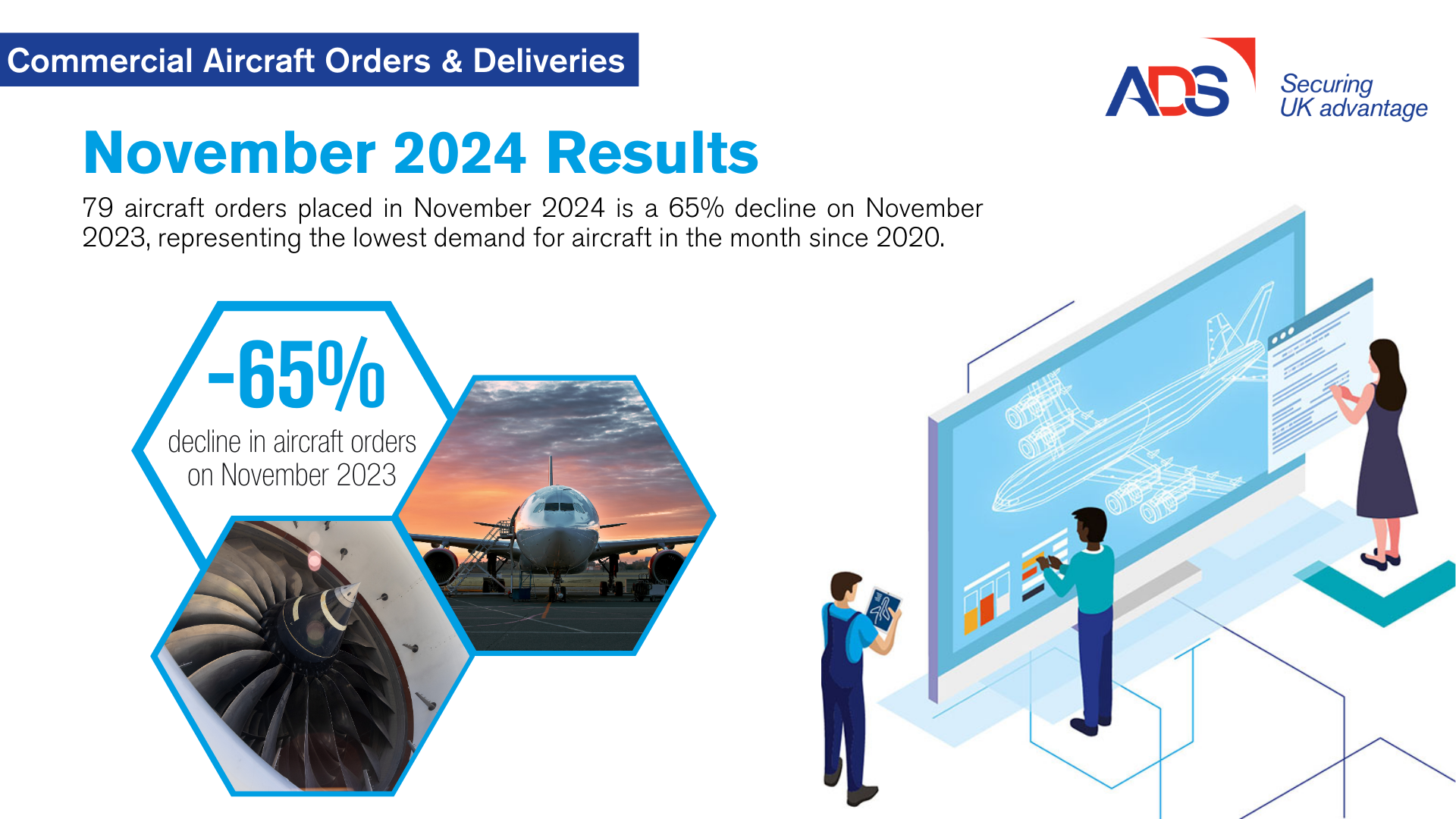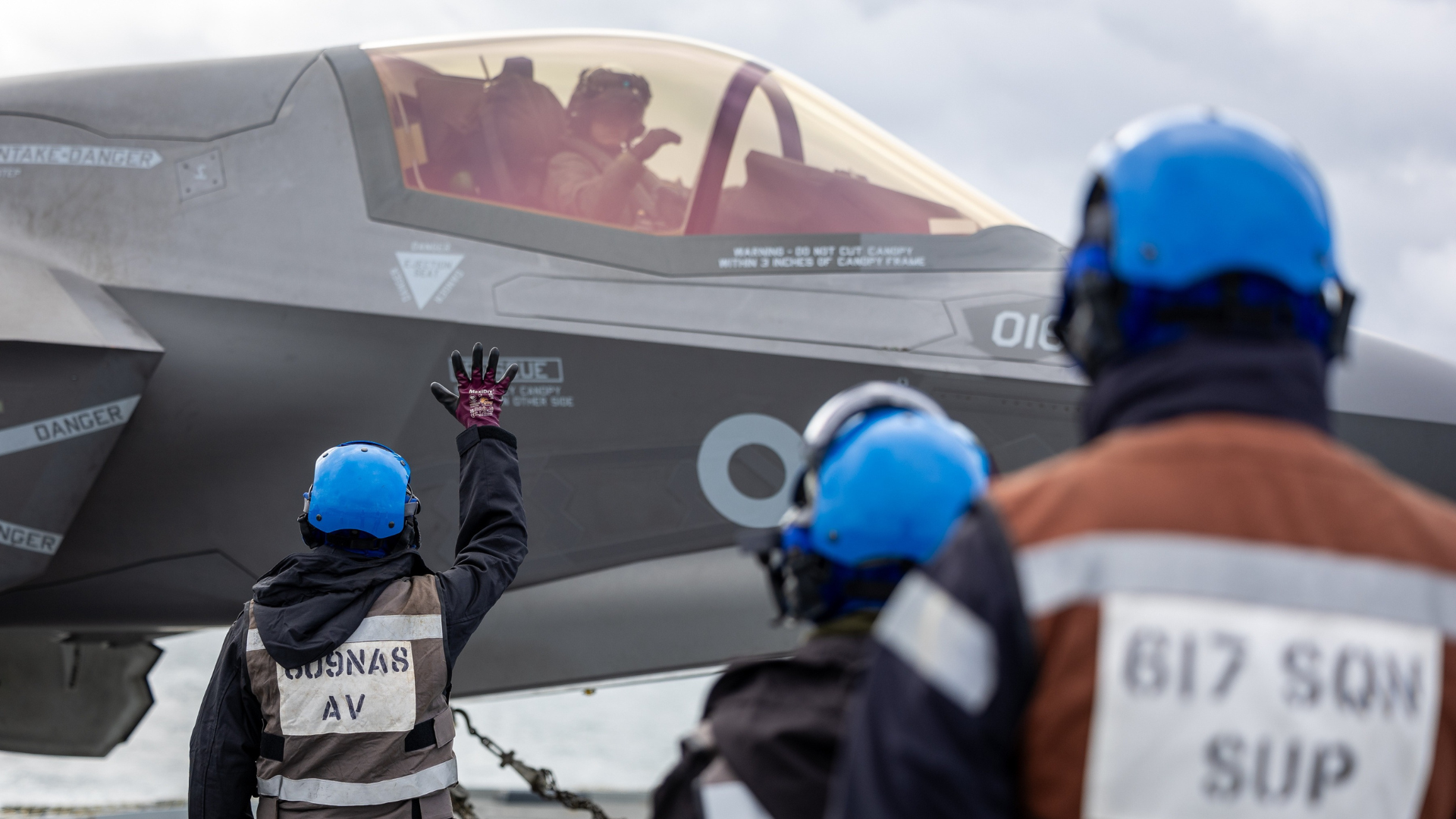Last week, UK-based operator Bristow Helicopters signed a joint development agreement with AgustaWestland (AW), for the AW609 TiltRotor programme. The agreement will see Bristow support the development of oil & gas and search & rescue configurations and capabilities, as AW continues to develop and test the technology.
Whilst agreements and MoUs are regularly announced in the Aerospace industry, last weeks’ news could be different. It signals a major step for the eventual commercial integration of tiltrotors – as the involvement of such a major operator helps to legitimise the development of the technology across industry.
Currently, tiltrotors are mainly seen as either experimental or military focused. The US Marine Corps are the main users of this technology through the V-22 Osprey. However, this agreement is the first real step of a customer identifying the benefits which can be gained from using tiltrotors for a variety of commercial operations.
– Benefits of Tiltrotor?
Bristow’s interest in the AW609 and developments in its technology is based on the company’s responsibility for both oil and gas and search and rescue (SAR) operations. Tiltrotor offers the opportunity for faster transfer time, and increased comfort for passengers. In the event of critical SAR operations, and also the need to get workers quickly off oil rigs should an accident occur – both speed and comfort is vital.
– A signal to policymakers?
Critically, the agreement also helps send a positive signal to policy makers in Europe that continued investment in R&D projects offer the realistic possibility of Europe becoming the global leader for the commercial design and manufacture of tiltrotor technology. Currently, the EU’s Clean Sky 2 programme is working to develop a large, next generation tiltrotor, which seeks to develop and manufacture an 11-ton aircraft, with seating for around 19 to 22 passengers, a ceiling of 25,000 feet, a range of 500nm and a top speed of 330 knots.
With the variety of civilian applications, and with a number of other nations focused on developing the next generation of tiltrotors for military operations only, there is commercial gap which Europe could fill. The perception of risk is therefore significantly reduced. With the UK already a European centre for rotorcraft technology, seeking to plug this gap could also significantly benefit our own industry.
The timescales of the Clean Sky 2 project are that there will be components and subsystems testing from 2016-2019, with a flight validation period running up to 2023. However, another significant milestone for the technology could come in 2017- when AgustaWestland will hope to achieve type certification for the AW609 from the Federal Aviation Administration (FAA).
– Regulatory Hurdles?
Globally, and in the US in particular due to the development of the V-22, there has already been much work on developing new standards for tiltrotors. In July 2011, the US FAA published a rule governing noise certification standards for issuing type and airworthiness certificates for tiltrotors, and internationally, ICAO recently included a recommendation for a global Noise Standard for tiltrotors in amendments to its Environmental Protection standards. AW609 certification in 2017 could also go a long way to opening up the market for this technology.
However, one of the major regulatory hurdles with the tiltrotor technology is having to define a new set of standards for safety, certification and environmental protection – as tiltrotors do not fit within either current fixed-wing aircraft or rotorcraft standards. Similar debates are also taking place regarding the commercial use of UAVs – however tiltrotor issues are significantly more complex to their use for passenger operations.
Despite such hurdles, tiltrotor technology in Europe is gaining more support and more interest from both customers and policymakers alike. Bristow’s announcement follows a number of years of focus on the development of the technology, but for the first time shows a willingness for much closer customer-manufacturer collaboration. Europe can only benefit from these announcements – which will help to refine the commercial development of the technology, as well as ensure European industry is seen as a global leader in large future business opportunity.





